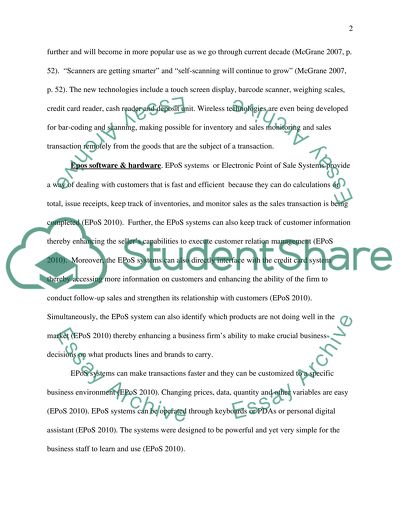Cite this document
(“Operations Management Assignment Essay Example | Topics and Well Written Essays - 3500 words”, n.d.)
Retrieved from https://studentshare.org/environmental-studies/1409663-operations-management-assignment
Retrieved from https://studentshare.org/environmental-studies/1409663-operations-management-assignment
(Operations Management Assignment Essay Example | Topics and Well Written Essays - 3500 Words)
https://studentshare.org/environmental-studies/1409663-operations-management-assignment.
https://studentshare.org/environmental-studies/1409663-operations-management-assignment.
“Operations Management Assignment Essay Example | Topics and Well Written Essays - 3500 Words”, n.d. https://studentshare.org/environmental-studies/1409663-operations-management-assignment.


